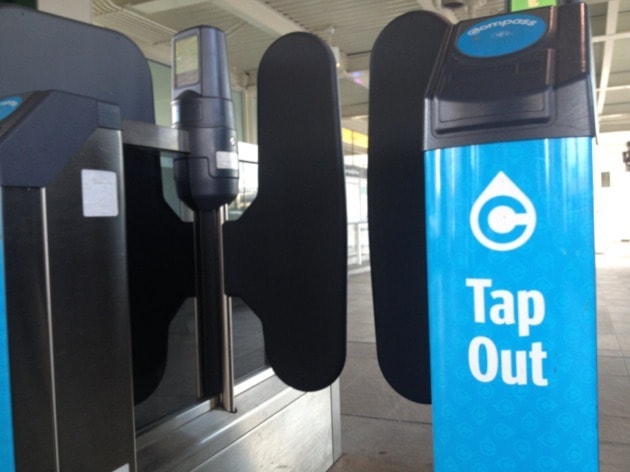TransLink is beginning a fare policy review that could bring big new changes in how passengers pay to use transit after 30 years of the three-zone system.
Options for reform include a single flat fare for unlimited travel, or distance-based fares that more accurately reflect how far passengers travel, according to acting CEO Cathy McLay.
"Each one of them has their advantages and disadvantages," McLay said. "Everything is on the table for us."
She said the overriding goal will be to increase ridership and make the fare payment structure "more fair and equitable."
The review is to last two years and include four rounds of public consultation to determine what transit users would support.
"What do they value and what do they believe is fair and equitable?"
The system of three fare zones is essentially unchanged since before SkyTrain opened for Expo 86.
Cash fares for a SkyTrain trip are currently $2.75 to ride one zone, $4 for trips across two zones and $5.50 to ride three zones, such as from Surrey to Vancouver.
The current zone system means passengers who ride just one stop can end up paying for two zones if their trip crosses a zone boundary.
A move to a single flat fee could mean a significant price break for passengers that now pay for three zones.
But other hybrid options are also possible, such as a flat maximum fare for longer trips and lower distance-based pricing for short hops, attracting new passengers who won't now pay $2.75 to ride a bus a few blocks.
The arrival of the Compass card also opens up other fare options that TransLink officials have previously mooted – such as time-of-day pricing and discounts on selected routes to get maximum ridership and revenue from existing transit capacity.
TransLink has already eliminated multi-zone fares for bus routes that cross zone boundaries – that change this fall was in response to a decision to temporarily abandon the Compass card tap-out requirement on buses.
Officials say have not seen a significant decline in transit revenue as a result of dropping to one zone fares for all buses, which is credited with modestly increasing bus ridership, particularly on multi-zone routes that now cost less to ride.
But McLay anticipates a $1.1-million drop in transit revenue next year as a result of the full rollout of the Compass card.
That's because significant numbers of riders who still pay in cash will be charged less when they start using Compass cards, which gives them the same discount as prepaid FareSaver tickets.
TransLink has seen lower-than-expected transit ridership over the past two years since the last fare increase.
Transit fares generate nearly $500 million a year and any fare structure reform would have to deliver a similar amount if the system is to maintain its current 53 per cent cost-recovery ratio with existing service levels.
Compass is also giving transit planners much better data on actual use of the system through all the taps in and out. McLay said that will help guide the fare policy review and other changes to transit service.
There are now 350,000 active Compass cards, with about 1,000 to 2,000 new cards being sold each day. About 150,000 unique cards are being regularly tapped each day.
Roughly half of SkyTrain faregates are now closed, helping provide a better visual reminder to exiting passengers to tap out so they don't pay too much.

